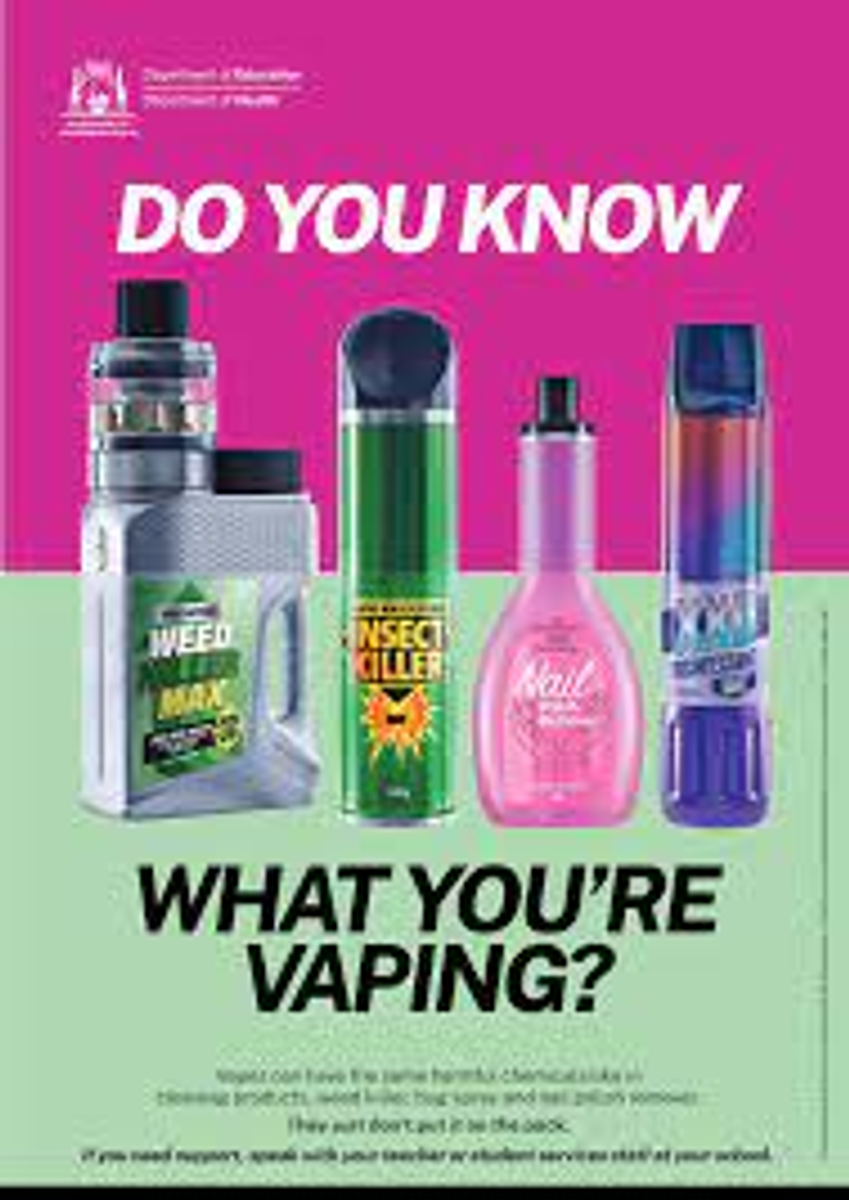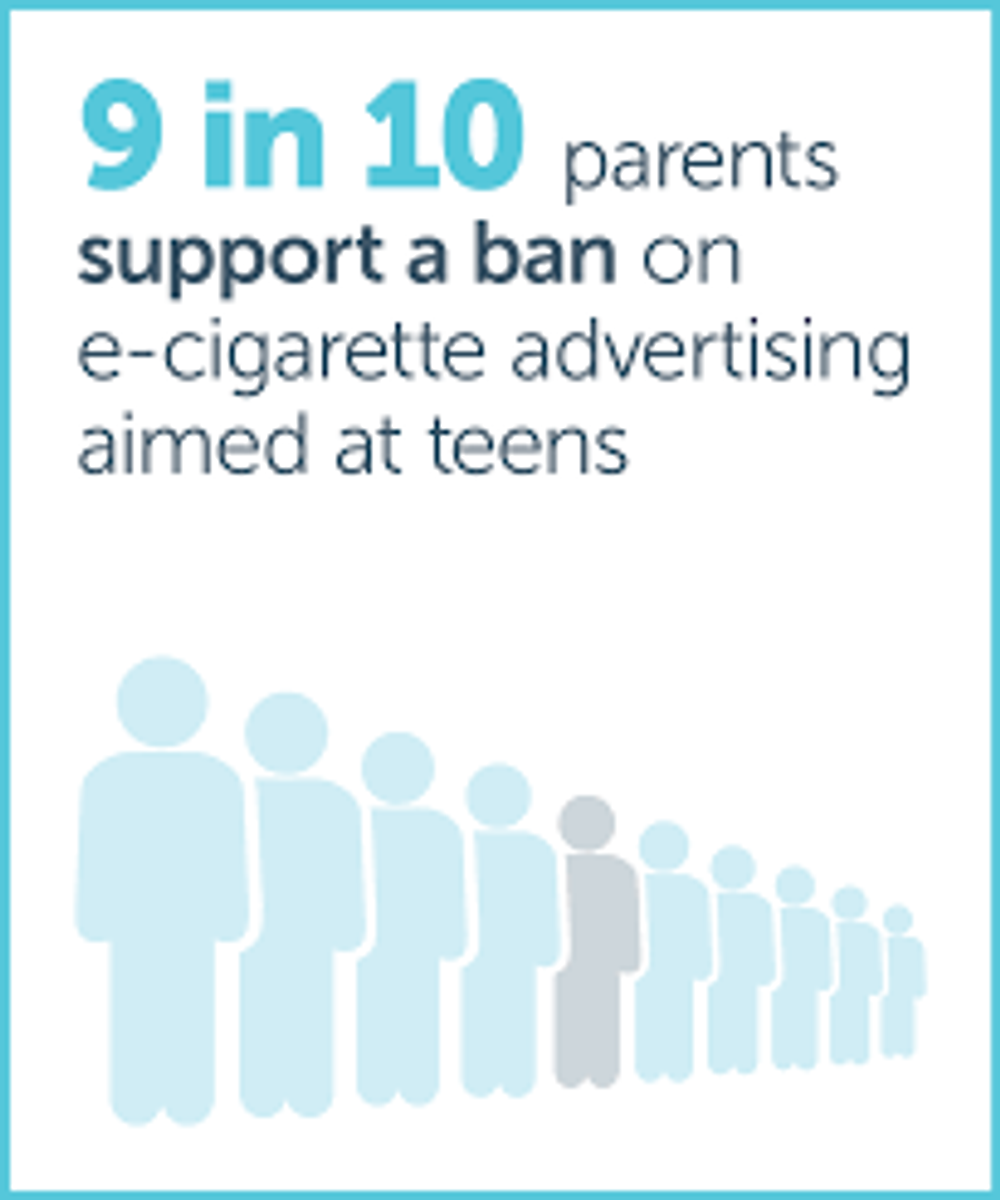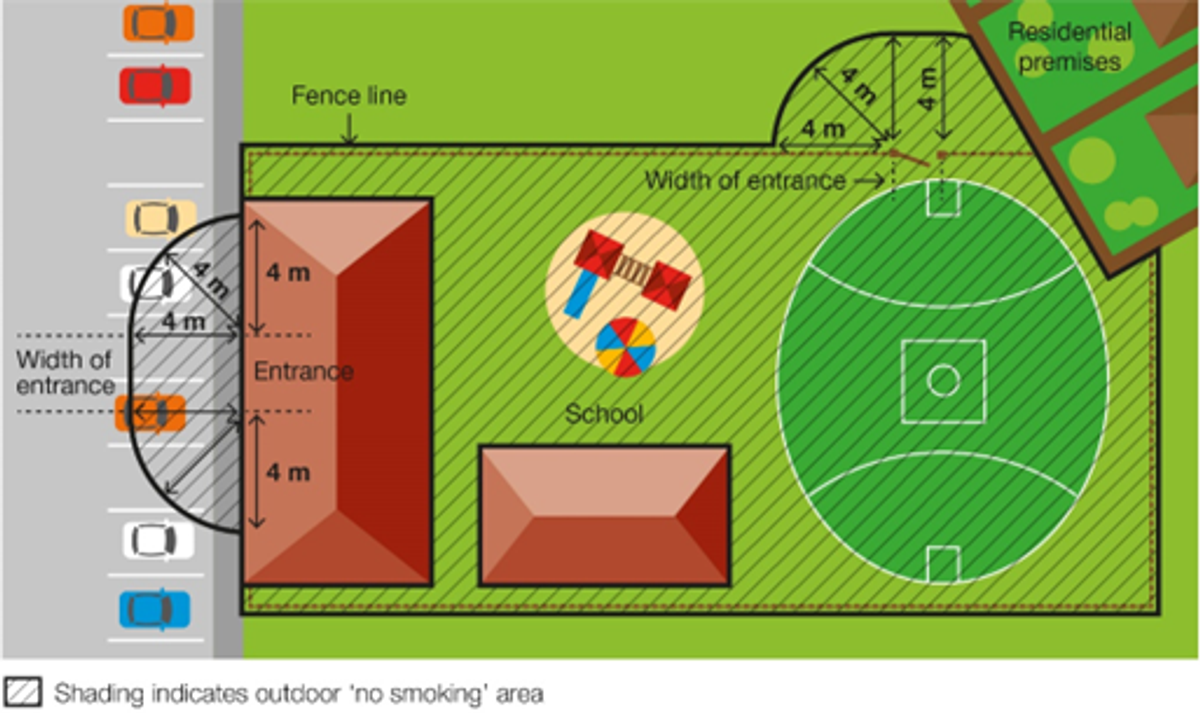Vaping

Electronic cigarettes (e-cigarettes) are battery-powered devices that come in many forms. They all heat liquids, called e-liquids, into an aerosol that users breathe in. They may contain nicotine, flavourings and a range of harmful and toxic chemicals. Many e-liquids come in flavours that are attractive to young people, such as mango, lime, and mint. The e-cigarette heat may also produce toxic substances.
They are also known as e-cigs, electronic nicotine delivery systems (ENDS), electronic non-nicotine delivery systems (ENNDS), alternative nicotine delivery systems (ANDS), personal vaporisers, e-hookahs, mods, vape pens, vapes and juuls (pronounced ‘jewels’).
Using e-cigarettes is often called ‘vaping’. It is sometimes referred to as ‘juuling’.
What are the health risks of e-cigarettes?
Most e-cigarettes contain nicotine, which is highly addictive especially for teens. E-cigarettes and e-cigarette liquid may contain nicotine, even if they have been labelled ‘nicotine free’. One e-liquid pod can contain as much nicotine as a packet of cigarettes.
Nicotine exposure during the teenage years can harm brain development, which continues until about age 25. It can impact learning, memory and attention, and increase risk for future addiction to other drugs. Young people who use e-cigarettes may be more likely to go on to use regular cigarettes.
E-liquids can poison children and adults through swallowing or skin contact. Symptoms of nicotine poisoning include sweating, dizziness, vomiting and increased heart rate.
E-liquids can also be a danger to young children if inhaled, swallowed, or spilled on the skin. A young child can die from very small amounts of nicotine. The effects of nicotine poisoning can come on very quickly. If you think your child may have been exposed to nicotine, you should seek medical attention or call an ambulance immediately.
While scientists are still learning about the short and long-term health effects of using e-cigarettes, a recent outbreak of lung disease and deaths related to e-cigarette use in the United States demonstrates that e-cigarette aerosol can be harmful to the lungs. In the short term, using e-cigarettes may cause breathing difficulties and coughing. Many e-cigarettes contain known-carcinogens and inhaling cancer causing chemicals increases the risk of cancers. In the longer term, e-cigarette use also increases the risk of heart disease. E-cigarettes can also be modified to deliver marijuana and other harmful substances that have been linked to lung disease.
Defective e-cigarette batteries have caused some fires and explosions, which exposes the user to the risk of serious injury and burns.
Nicotine addiction
Young people who use e-cigarettes containing nicotine can become addicted. The more frequently someone uses e-cigarettes, the more their brain and body gets used to having nicotine, and the harder it is to go without it. When someone stops using, the nicotine level in their body drops, which may cause unpleasant physical symptoms, and a strong urge to vape. This is nicotine addiction.
Recommendations for parents
As a parent and caregiver, you have an important role in protecting children from e-cigarettes.
The best way to protect your children is to never smoke or vape in the house, car or other places where there may be children nearby. Passive exposure to e-cigarette vapour can be damaging for children and young people.
In most Australian states and territories, it is illegal to use e-cigarettes in cars with children under the age of 16 present.
Parents should learn about e-cigarettes. It’s important to talk to your teen about the health risks of e-cigarettes. Many teenagers are under the misconception that e-cigarettes are safe. It is helpful to know what the different devices look like and the different words young people may use to describe using e-cigarettes. This will help you to talk about e-cigarettes with your teen.
Finally, if you are an e-cigarette user, always keep e-cigarettes and e-liquids locked away and out of reach of children.
How to talk to teens about the health risks of using e-cigarettes?
Talking with teens about risky behaviours is an important way for parents to help keep them safe. Parents are already good at talking to their teens about alcohol, smoking and drugs. E-cigarettes should be included in the conversation.
The earlier and more often you speak with young people about e-cigarettes, the more likely they are to listen. It’s important for parents to educate themselves, so they know the facts and what to say when the topic comes up.
Finally, young people are more likely to use smoking products if others around them do. Parents can lead by example by not using e-cigarettes at all, especially when children are around.
Key points to remember
- e-cigarettes and vaping devices heat e-liquids into an aerosol that users breathe in
- e-liquids may contain nicotine, flavourings and a range of harmful and toxic chemicals
- e-cigarettes are also known as vapes, mods, e-hookahs and juuls
- using e-cigarettes is sometimes called ‘vaping’ or ‘juuling’
- e-cigarettes and e-liquids have not been safety tested by the TGA in Australia, and should not be considered safe.
For more information
The RCH National Child Health Poll: E-cigarettes, vaping and teens: Do parents know the dangers?
New South Wales Health fact sheet 'Are electronic cigarettes and e-liquids safe?'
Centres for Disease Control and Prevention
Therapeutic Goods Administration
QUIT or call Quitline on 13 78 48
https://www.vapingfacts.org.au/
Vaping: everything you need to know about e-cigarettes | VicHealth
See through the haze | Quit Vaping Facts
Video:
Kids Health Information : E-cigarettes and teens (rch.org.au) ( 15 min)
https://youtu.be/YwSGPzGxnSY?feature=shared ( 4.49 min)
School Smoking and Vaping Ban
By law, smoking and vaping are banned within the grounds of, and within four metres of an entrance to, all childcare centres, kindergartens, preschools and schools.
Where the ban applies
The smoking and vaping ban applies to:
- anyone present on school premises during and outside of school hours including students, teachers, contractors, parents or carers or the wider community, such as sporting groups
- all activities that take place on school premises including pre-schools, kindergartens, outside school hours care, cultural, sporting or recreational activities and school fetes.
Smoking and vaping are also banned within four metres of any part of a pedestrian access point (entrance) to the premises.
The diagram above shows an example of where the smoking ban applies at a school.
When the ban applies
The smoking and vaping ban applies at all times, no matter whether the building or school grounds are being used for education purposes or other purposes. The ban therefore applies when other activities are taking place on the school grounds, such as fetes or sporting events, as well as during school hours.
Why the ban exists
To protect children and young people from the dangers of second-hand smoke and vapour
This ban ensures that children and young people can enter and leave these areas without being exposed to harmful second-hand smoke and vapour. Their health is particularly at risk because they have smaller airways and less developed immune systems compared to adults.
To reduce the role modelling of smoking and vaping behaviours around children and young people
Children and young people are more likely to view smoking and vaping as socially acceptable when they regularly see people doing it.
Banning smoking and vaping in areas used by children and young people will discourage children and young people from using tobacco or e-cigarette products.
Defining a pedestrian access point
A pedestrian access point in relation to premises means a door or gate by which a person can enter or exit the premises. It does not include an emergency exit that is locked to entry.
It does include shared doors or gates. For example, where a building is occupied by a childcare centre as well as other organisations, such as private businesses, any shared entrances that are used to access both areas of the building would be subject to the smoking ban.
Any entrances which lead only to premises not included in the smoking ban, such as the private offices, would not be subject to the smoking ban.
What penalties apply
Fines are described under law in penalty units. From 1 July 2020 to 30 June 2021, a penalty unit is valued at $165.22.
The penalty for breaking school smoking and vaping ban laws is a court fine of a maximum of five penalty units ($826 as of 1 July 2020) or an infringement fine of one penalty unit ($165 as of 1 July 2020).
The value of a penalty unit is set annually by the Department of Treasury and Finance and is updated on 1 July each year. For current penalty unit values, visit the Department’s website <www.dtf.vic.gov.au/financial-management-government/indexation-fees-and-penalties>.
For more information
- For more information:
- visit the tobacco reforms website <www.health.vic.gov.au/tobaccoreforms>
- call the Tobacco Information Line on 1300 136 775
To view the legislation visit the Victorian Government’s legislation website <www.legislation.vic.gov.au> and search Tobacco Act 1987.




